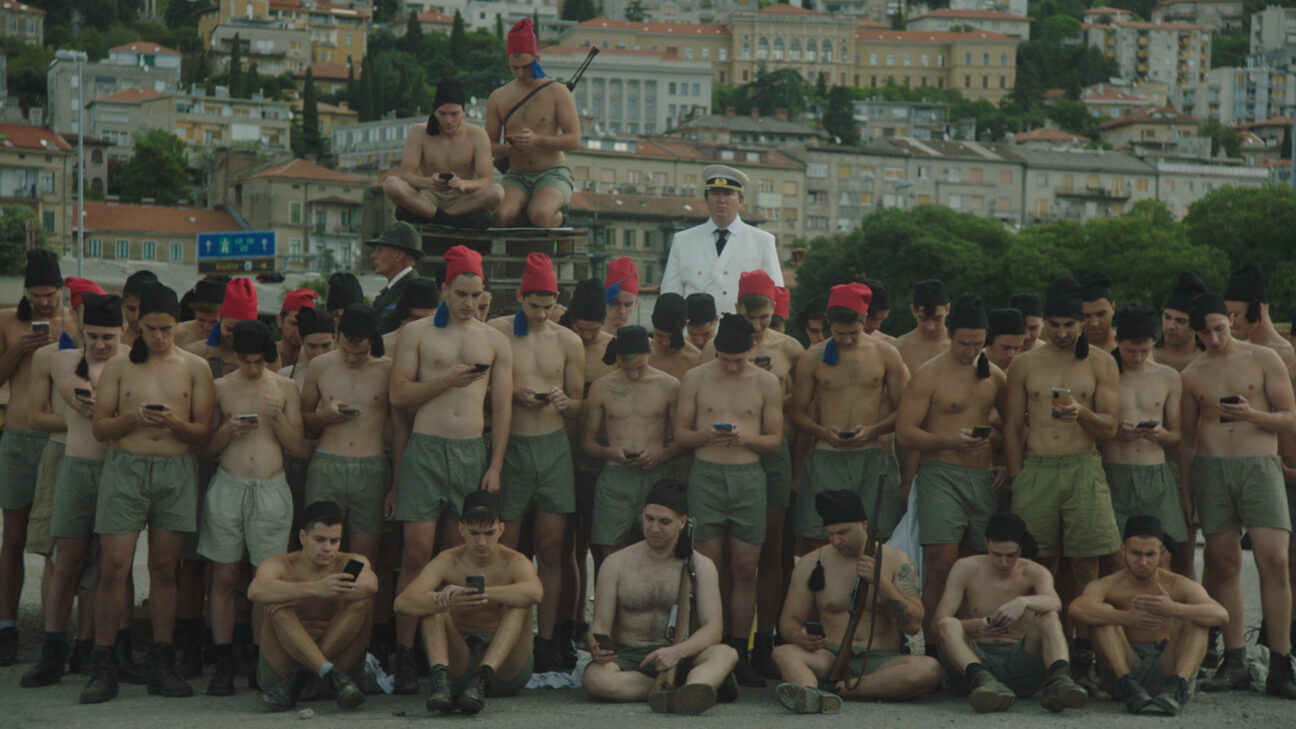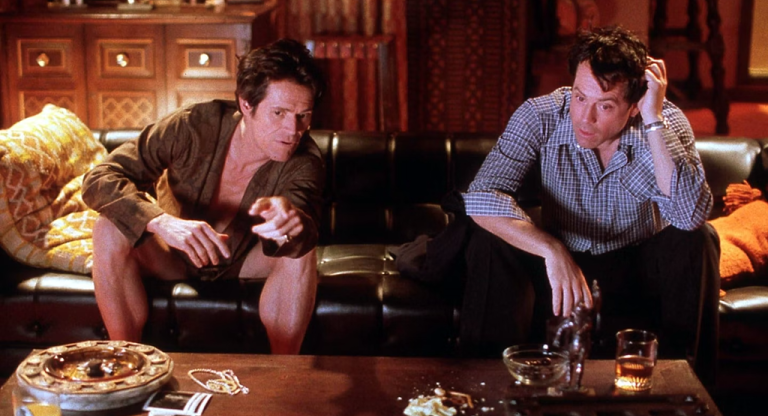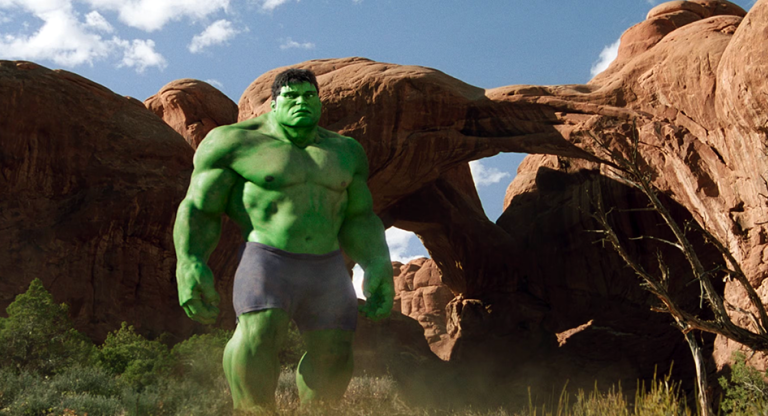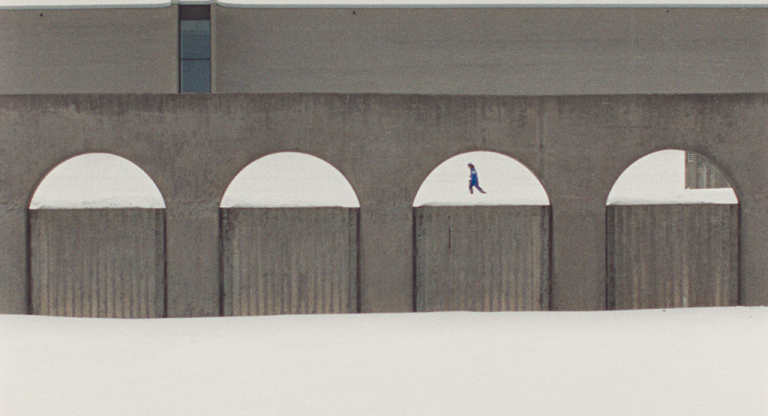Our dispatch of the 2025 International Film Festival Rotterdam comes courtesy of Beatrice Loayza, Öykü Sofuoğlu, and Cici Peng, who explored the festival’s Tiger Competition and focus programs.
Beatrice Loayza, Tiger Competition
This year marks my fifth covering the International Film Festival Rotterdam—a not insignificant run, though I wouldn’t call myself a veteran, either. In any case, even the most seasoned IFFR-ites have trouble summing up the present-day identity of the festival, which has in the past been considered a hub for experimental film and Asian cinema. It’s not that the Dutch festival has dispensed with these categories, so much as it’s grown around them, exemplifying, in its very indeterminate state, the increasingly blurred lines between fiction and nonfiction filmmaking, the art world and the film world—and the inadequacy of strictly national affiliations in a field where multi-national co-productions are a given, not an exception.
The sprawling program features installation work—the highlight being Extramission: The Capture of Glowing Eyes, a two-channel piece by Jessica Sarah Rinland that nods to early 20th-century technologies used to capture images of wild animals at night—and characteristically adventurous retrospective series—two of which my colleagues have covered below, and one of which I wrote about for ArtReview. The Tiger Competition platforms new features by early-career filmmakers, and the best works are typically illustrative of the festival’s hybrid nature; take for instance, the top prize-winner, Fiume o morte! (2025), a docu-fictional potpourri about the short-lived Carnaro Regency. In 1919, the Italian poet and army commandant Gabriele D’Annunzio led the military takeover of the politically contested city of Fiume (now Rijeka, in Croatia), a footnote episode in time turned over and peeled apart with metatextual flair by director Igor Bezinović, a native Rijekan. A clear practitioner of the Radu-Jude school of historical recreation, the film mashes together deep-fakes and sardonic reenactments, as well as TikTok reels and archival footage, to show the ways in which past events are chopped and screwed through the collective (and often faulty) memories of successive generations. It also captures, with the kind of disturbing absurdity our Trump generation knows too well, the mercenary politics of demagogues who seduce with their false promises of a better world.

Speaking of better worlds, the mock-policier Vitrival: The Most Beautiful Village in the World, relies on the interplay between satisfaction, resignation, and discontent as it relates to small-town life and the (im)possibility of escape. Directed by Noëlle Bastin and Baptiste Bogaert, this metaphysical pseudo-murder mystery tracks two young cops—cousins, which should give you a good sense of how close-knit this rural Belgian community is—tasked with investigating a string of suicides around town. Pitched between Bruno Dumont’s grim early period and his screwball second act (which, yes, means both more accessible and generic) Vitrival sees the duo trying to make sense of the deceased’s actions, while also on the hunt for the culprit behind the penis graffiti that has appeared in churches and other public spaces. That the townspeople, played by the real-life locals of a similar Belgian town, are so deeply fixated on this petty vandalism pokes fun at provincial puritanism, while the mystery of the suicides play off the bumbling cousins, both grimly and touchingly, as they prove incapable, or unwilling, to see their humble Vitrival as anything but beautiful.
From Serbia, Stefan Djordjevic’s Wind, Talk to Me is a family affair that stars Djordjevic and his real-life relatives as they gather at a rural campsite and rebuild a lakehouse in the wake of a matriarch’s death. Djordjevic, gloomy but silently charismatic, plays himself, a filmmaker with hopes of making a documentary about his mother, who died recently. Footage of his past meetings with her at the same rural location is woven (imperceptibly for about half the runtime) into the present-day events, creating a melancholically phantasmal ambience. Featuring a remarkable dog performance from a stray-turned-companion named Lija, the film, for all its art-house conventionalities, stands out for its handsome imagery and restrained camerawork—typically static, with movement sparingly, strategically employed to convey moments of small wonder and revelation.
The competition, as a whole, struck me as an improvement over previous years, but my favorite film of the festival was in Bright Future—the section dedicated to debut films—and aptly titled Debut (or Objects of the Field of Debris as Currently Catalogued). A real lo-fi production by the American filmmaker Julian Castronovo, this Borgesian techno-noir tracks two parallel investigations: a louche wannabe filmmaker named Julian Castronovo (played by the actual Castronovo) becomes obsessed with an art forgery scheme connected to his NYC apartment and the mysterious disappearance of the artist behind the forgeries; meanwhile, in voice-over bits woven throughout, a robotic-sounding woman analyzes the character of Castronovo as if he were the object of a scientific study. (The latter feels more like a mock-inquiry into a certain downtown strain of 20-something art-kid dirtbag than a genuine self-portrait, aided, perhaps unintentionally, by Castronovo’s theory-dense musings.) Composed of shitty laptop vlogs, phone recordings, and powerpoint-esque images of texts and archival materials, the film drolly probes ideas about amateurism and authorship with the spooky undertow of other internet-age thrillers (Unfriended, We’re All Going to the World’s Fair)—making a strong case for future Castronovo investors (the fictional Castronovo has to deal with a shady would-be financier) to go all in on a second venture.
Öykü Sofuoğlu, Focus: Hold Video in Your Hands
While many European film festivals primarily function as industry events, Rotterdam has remarkably always managed to appeal to a diverse general audience—including, and sometimes even intentionally targeting, the quirkiest, most unusual, and most niche tastes in cinema. This ambition to create alternative crowds within the festival is usually the driving force behind the focus programs—a strategy that seems to have cultivated the public’s curiosity and openness toward genres and forms that would otherwise be unfamiliar to them. Given past spotlight themes—such as internet memes (IFFR 2019), Soviet Westerns (IFFR 2011), or Asian horror cinema (IFFR 2011)—this year's focus on video and video stores, titled “Hold Video in Your Hands,” feels particularly fitting to the identity the festival has built over the years
Video is, first and foremost, a medium, but also an art form and a commodity. Its value, in each respect, has shifted since the moment it began transmitting images and sounds through our screens. By extension, video embodies a culture—today, more of a subculture—that consists of a community whose characteristics and inner-dynamics vary across different time periods and regions; in turn, responding to different historical, social, and cultural demands. “Hold Video in Your Hands” features a selection of films that span over four decades and explore topics as diverse as czechoslovakian film dubbers and gay fetish pornography video producers. The program aims to decentralize video culture by showing its global diversity—a judicious, necessary, and much-welcome decision, especially considering that Alex Ross Perry's three-hour, US-focused film essay Videoheaven (2025) was the program’s centerpiece.
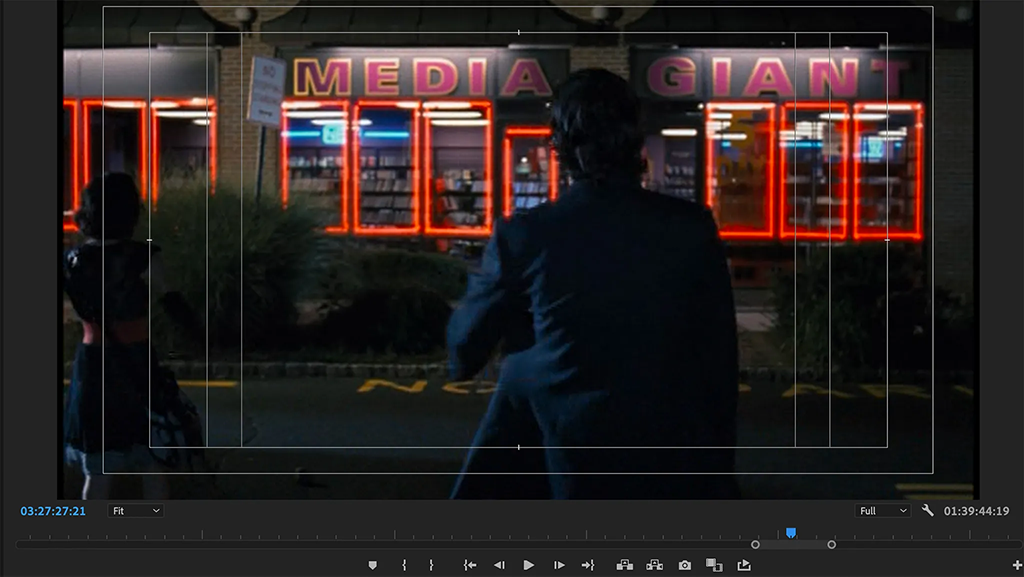
Film thesis seems more suitable than film essay when it comes to describing Videoheaven, as its rigorously structured, largely chronological narrative follows Daniel Herbert’s book Videoland: Movie Culture at the American Video Store too closely. (The book provided Perry with the creative impulse to embark on this project 10 years ago.) Throughout the film, footage from films and TV shows spanning a wide range of genres examine how the social and cultural functions of video stores have evolved—from video’s heyday to its unceremonious and rapid decline. Perry sees video stores as an extension of the US’ subconscious, identifying the nation’s hopes, anxieties, and fears, in them, as well as its eventual disappointments and growing indifference toward the future. He also appropriates ur-films of genre cinema to explore early depictions of video stores, where they emerge as uncanny, idiosyncratic spaces that promise discovery and thrill based on his narration. When video becomes a widespread, mainstream household commodity, the video store too loses its mystery, multiplying and standardizing with chains like Blockbuster and Hollywood Video—featuring neat and shiny aisles that mostly appeal to families. John McTiernan's Last Action Hero (1993) stands out as one of the most noteworthy depictions of this shift, where video stores acquire a distinct and recognizable identity. Here, Perry also provides a solid analysis of the evolution of Troma Films' on-screen depiction—examining how its films and posters became symbols of video culture.
The third major shift occurs when the existence of video stores becomes taken for granted within the US’ cultural landscape—almost becoming ahistorical décor that typically serves narrative purposes, as exemplified by excerpts from sitcoms and rom-coms of the late ‘90s and early ‘00s. Although the later, nostalgia-driven depictions of video stores that Perry analyzes in depth through films like Watching the Detectives (2007) and Be Kind Rewind (2008) act as the final nail in the coffin, he also deviates from his chronological account. The fourth and fifth chapters where he delves into the perception of adult films within video stores, as well as his analysis of the ever-frustrating, smart-ass clerk who has become a staple figure in mainstream media, feel more inspired and less didactic. But overall, an academic tone weighs heavily on the film. Perry’s readings of the films are characterized by an undemanding language that rarely makes use of the audiovisual capacities inherent to the cinematic essay form. He employs a standardized scholarly lingo, most evident in the occasional reiteration of the film's central arguments. Maya Hawke's bland voice-over narration doesn't help much either—the only instance where her involvement becomes interesting is when the film overtly critiques Netflix, the very platform that brought her widespread popularity as an actress.
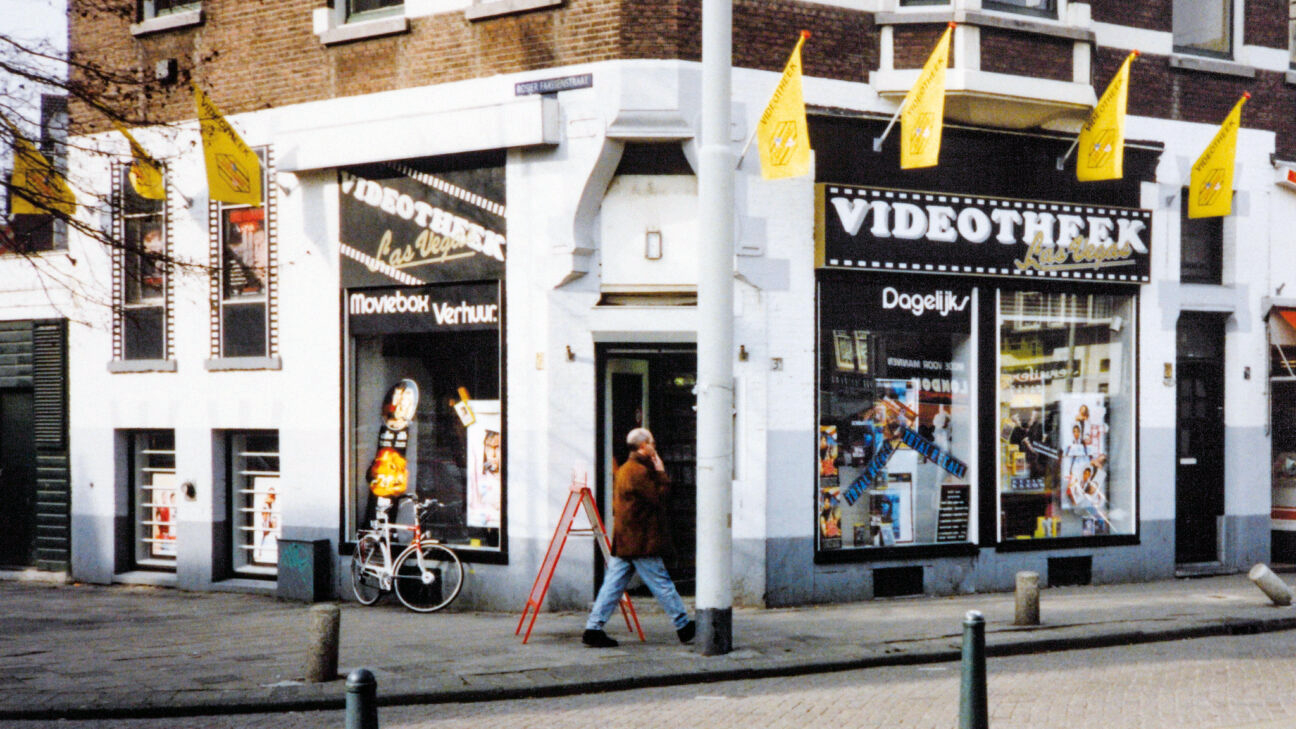
Language is not the only standardized aspect of Videoheaven. Since all the depictions of video stores we encounter in the film are filtered and processed through cinematic imagery, it is striking how nondescript and amorphous the groups we see on screen are in terms of class, race, and gender. Even more striking is how the film completely overlooks this crucial observation, which speaks volumes of how American social structures shape the representation of a given social environment; in this case, the video store. However, what Perry fails to do, the Rotterdam-based artist Gyz La Rivière manages in Videotheek Marco (2025). Regardless of their mutual ambition to pay homage to video and video stores, which La Rivière applies to the Dutch context, Videotheek Marco's short-attention-span, Gen Z–appealing editing style—sometimes reminiscent of a LADbible or BuzzFeed reportage—is nowhere near Perry's mastery of in-depth analysis. In his film, La Rivière predominantly appeals to TV interviews and news stories to build his narrative, following a similar chronological thread. But while mapping the social and cultural impact of video stores in the Netherlands, with a particular focus on those in Rotterdam, he allocates a proportionally significant place within his narrative to video stores run by ethnic minorities, such as Chinese, Indian, and Turkish communities. Moreover, he explores the role these places play in relation to both their identities and their position within Dutch society.
Physical media has always been associated with discussions of accessibility and agency—and several other films in the program, while less competent in their execution, also address the significance of these themes within their respective communities. How fascinating it is to watch Nawapol Thamrongrattanarit's The Master (2014), for instance, and witness the figure of the video store clerk—whose identity usually borders on that of an incel, as depicted in Perry's film—appear significantly different in Mr. Van, who sold pirated VHS tapes in his famous Van VDO store; thus, serving as a carrier of knowledge and educator for many Thai cinephiles, including several film critics and directors like Pen-ek Ratanaruang and Banjong Pisanthanakun. Nearly all the accounts provided by Thamrongrattanarit's interlocutors portray Mr. Van as a mysterious and shady figure, almost mythologizing his identity. While it remains unclear whether Mr. Van actually disappeared, or if Thamrongrattanarit simply wanted to play with this idea to add momentum to the narrative, The Master illustrates a common theme among several films in the program: individuals or small groups that exerted a vital influence on film culture at a much larger scale.
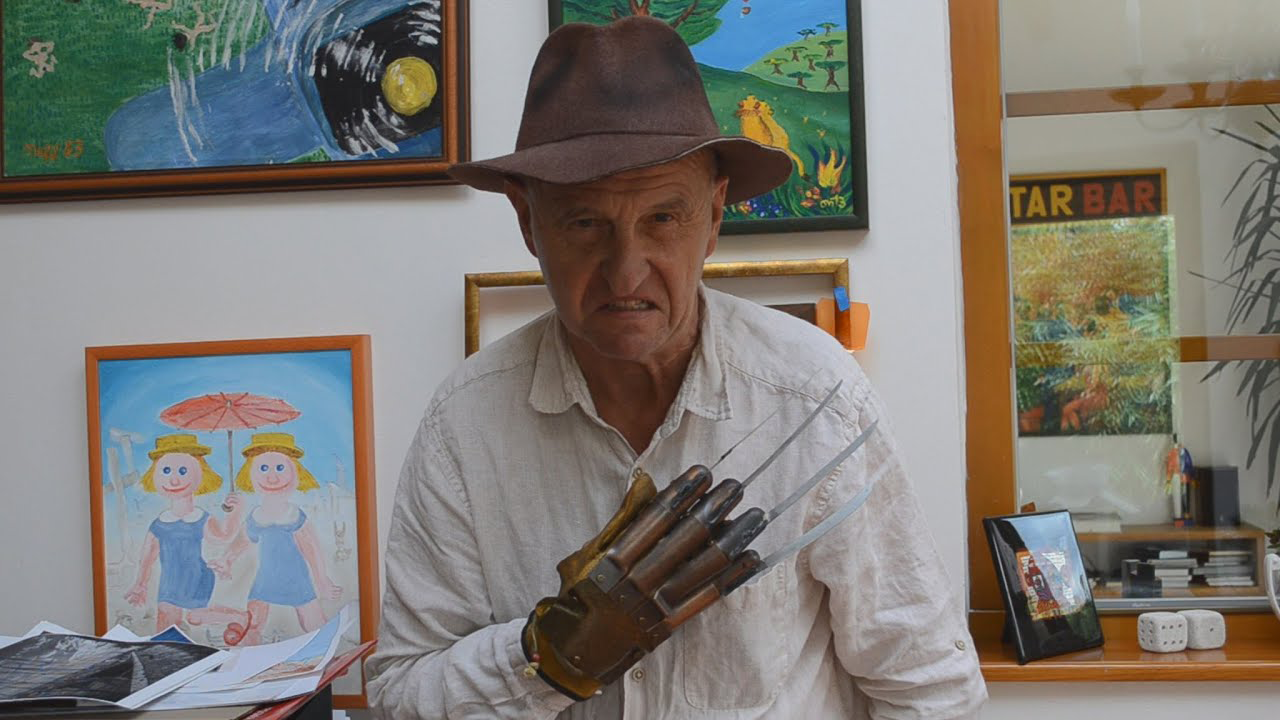
Another example of this theme can be found in Lukáš Bulava's documentary Video Kings (2020), which, in this regard, is less about video stores per se and more about the alternative forms of circulation and consumption of video cassettes in Czechoslovakia under Soviet rule, where the absence of official distribution channels meant that only films passing the regime’s ideological filter were accessible to the public. While the lack of copyright laws and limited access to Western films are common threads in the histories of many countries, simultaneous dubbing is a phenomenon specific to Eastern Europe, which remains as relevant as ever today—especially since global audiences have discovered websites like RuTracker, OK.ru, or VK.com. Like Thamrongrattanarit, Bulava adopts a conventional format, consisting predominantly of talking-head interviews with local dubbers, film collectors, and cinephiles, woven together with excerpts from dubbed films. Stumbling upon a dubbed film on the internet today is merely a sad surprise, but Bulava wants us to see that, for Czech and Slovak people, piracy was once the only way to access films from the West.
All social and cultural differences aside, several films in the program are connected by their mourning of the decline of physical media—often represented on-screen by the empty aisles of a shut-down video store. What remains of a physical space that no longer exists? Where can one find its memories? As these questions linger while moving from film to film in the selection, the dichotomies of legal versus illegal, or private versus commercial ownership, take on new meaning. By also focusing on the roles of film enthusiasts, private collectors, and amateurs, “Hold Video in Your Hands” positions them as the negative space of video stores—both surrogates in their absence and keepers of their remains.
Cici Peng, Focus: Through Cinema We Shall Rise!
“If we still believe that a cinema is the light that presents images, then the dark is part of the reality we must accept in the world of cinema,” a voice calls out in Bachtiar (2025). The documentary follows the search for Turang (1958), a recently rediscovered lost film by the leftist Indonesian filmmaker Bachtiar Siagian, whose work was mostly destroyed following a US-backed anti-communist coup in 1965. This violent military takeover propped up an authoritarian New Order regime that purged suspected leftists and destroyed most of the country’s leftist cinematic heritage.
In an age saturated by images, film curators and filmmakers appear to be gripped by an apprehension over the precarity of film archives and the growing roster of lost, destroyed, and decaying cinematic works. At IFFR 2025, the festival’s programming displayed an interest in acts of excavation. A focus program dedicated to the documentarian Katja Raganelli posited a revisionist feminist film history, as Raganelli’s television documentaries of female filmmakers from her time introduced audiences to a cinematic legacy that had received little attention. Among the festival’s contemporary documentaries, three films—No Magic for Socialists (2025), Korean Dream: The Nama-jinheun Mixtape (2025), Todo parecía posible (2025)—investigate forgotten film genres and their relation to national cinematic histories. These films present the loss and retrieval of these works as political events, examining the violence of such erasure and the laboriousness of restitution.
My most exciting cinematic encounters at IFFR occurred while attending the retrospective focus program “Through Cinema We Shall Rise!” which was organized around the 70th anniversary of the Bandung Conference, an Afro-Asian political conference that fostered solidarity across the Global South. The program surveyed 15 films selected from the three editions of the Afro-Asian Film Festival in Tashkent (1958), Cairo (1960) and Jakarta (1964). These festivals were the first articulation of a cinematic Thirld World spirit, and a clear precursor to the more well-known Third Cinema movement of the early 1970s, as articulated by the Argentine filmmakers Fernando Solanas and Octavio Getino in their 1969 essay “Towards a Third Cinema.”
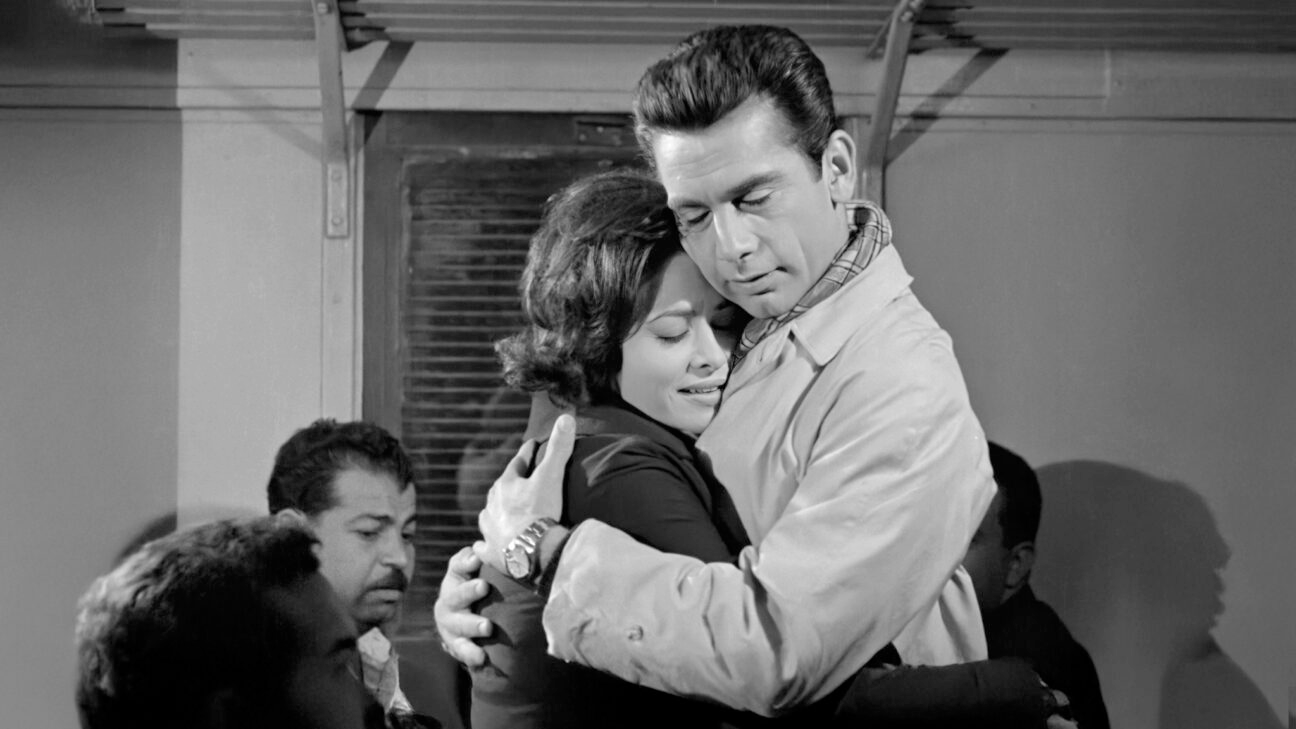
These Afro-Asian film festivals created alternative models of production outside of the Hollywood system, aided international co-productions, and assisted in the development of a strong anti-imperialist, leftist ideology among filmmakers and audiences in attendance. Unlike Third Cinema, which corresponds to a militant guerrilla documentary tradition with roots in South America, the “Through Cinema We Shall Rise!” program consists mostly of genre films. I cinema-hopped from Five Golden Flowers (1959), a Chinese musical comedy of errors, to the more militant communist propaganda film The Red Detachment of Women (1961). Some of the restorations were so beautiful that I almost felt myself falling for their ideological persuasions.
In both The Open Door (1963) and A Phu and His Wife (1961), melodrama becomes a politicized genre wherein the vernacular of yearning stands in for the symbolic desire for liberation. The former, an adaptation of Latifa al-Zayyat’s coming-of-age novel of the same name, takes a propagandist turn under the direction of the Egyptian filmmaker Henry Barakat, who the places the upper middle-class protagonist Laila’s romantic struggles within the context of two key political events: the 1952 Egyptian Revolution and the 1956 Suez Crisis. Laila faces three oppressive men over the course of the film: her authoritarian father; her first love Essem, who sexually assaults her; and her chauvinistic professor-turned-fiancé Dr. Fouad. Meanwhile, the freedom fighter Hussain stands as the sole advocate for her agency, emphasizing Gamal Abdel Nasser’s socialist revolution as the only force capable of ensuring women’s liberation in Egypt.
The female body becomes a symbolic site of political progression in these leftists films directed by men; in turn, symbolizing a break away from feudalist, patriarchal structures toward modernity. A Phu and His Wife explores female entrapment more starkly than The Open Door. A young woman named My is forced into marriage with a feudal landlord’s ruffian son. He also happens to be a co-conspirator of the French colonizers. She is condemned to a life of servitude and confined to the lord’s kitchen among his other wives. When her husband kidnaps and enslaves A Phu, a Hmong villager, she seizes the chance to escape with him to Phieng Sa, a utopian stronghold for anti-imperialist guerrilla fighters.
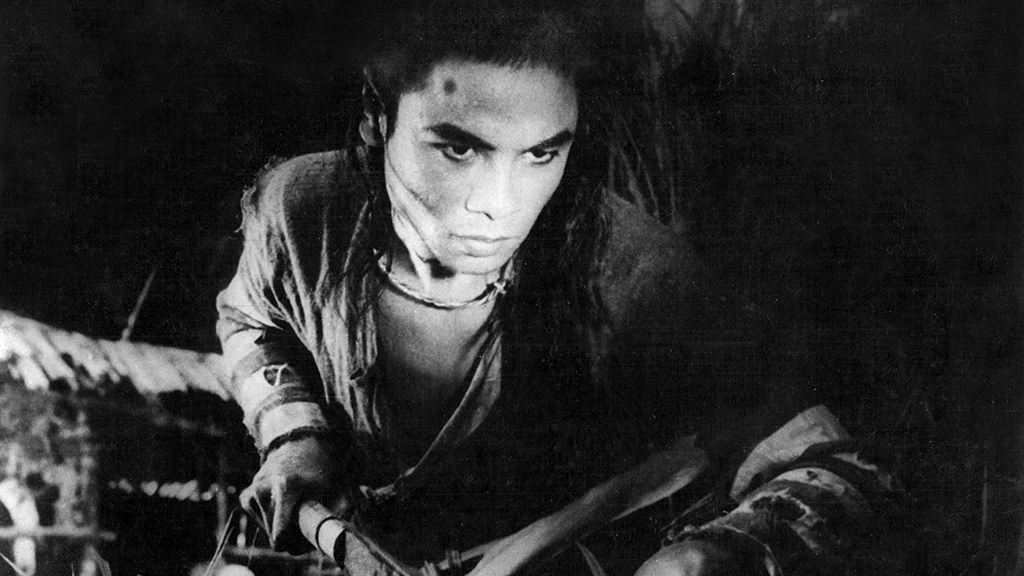
Both films incorporate the dramatic use of chiaroscuro into their visual language of entrapment and resistance. In a pivotal scene from A Phu and His Wife, A Phu is tied to a column in the kitchen, awaiting execution. The camera then cuts to a woman behind him, one of the landlord's wives manning the wheat mill. Cinematographer Khuong Me mimics the wheat mill’s movements with a dramatic swinging camera that sways toward the woman’s face as she leans into the light—her hawk-like eyes piercing right through My and A Phu. The camera then returns to My, shrouded in darkness as a faint light dapples her face. She asks herself: "Am I going to stand up, or be sat on?" When she decides to save A Phu, who in turn liberates the village, she escapes the feudal lord’s shadowy kitchen into the bright expanses of her homeland. The couple’s union is not sealed in visible acts of romance, but in revolutionary struggle.
Similarly, in The Open Door, the most dramatic turn unfolds in darkness—amidst a power outage during a bomb strike. As Laila's fiancé and family rush to the basement, she lingers to light a candle. Descending the stairs, Laila finds Hussain, who has returned from abroad to support the resistance. Hussain makes his final plea: if not to marry him, then to join the resistance alongside her fellow countrymen. The candle becomes an intermediary of touch, briefly uniting them under the same fragile glow before Laila becomes enlightened to the nationalist cause.
Melodrama does not only lend global legibility to specific narratives about nationalism, but the genre's propensity for yearning feeds into a political rhetoric. Desire, within these women’s films, is constantly deferred, forbidden, and just out of reach, until the final cathartic moment. Western feminist readings of melodramas, such as those of the film theorist Mary Ann Doane, posit that the emotional catharsis of a happily-ever-after obscures the fact that the beginning of marriage marks the end of women’s political agency. Alternatively, the Afro-Asian canon shows the love marriage as a liberatory force for women’s agency. However, it’s also necessary to problematize such easy binaries. None of these films can be classed easily as feminist works, as the promotion of female liberation is always nestled within the shadowy framework of nationalist liberation. Nevertheless, the catharsis of revolution remains enticing as it promises to open up the world to women, rather than solidify the domestic status quo. Propaganda works best by pulling at the heartstrings.
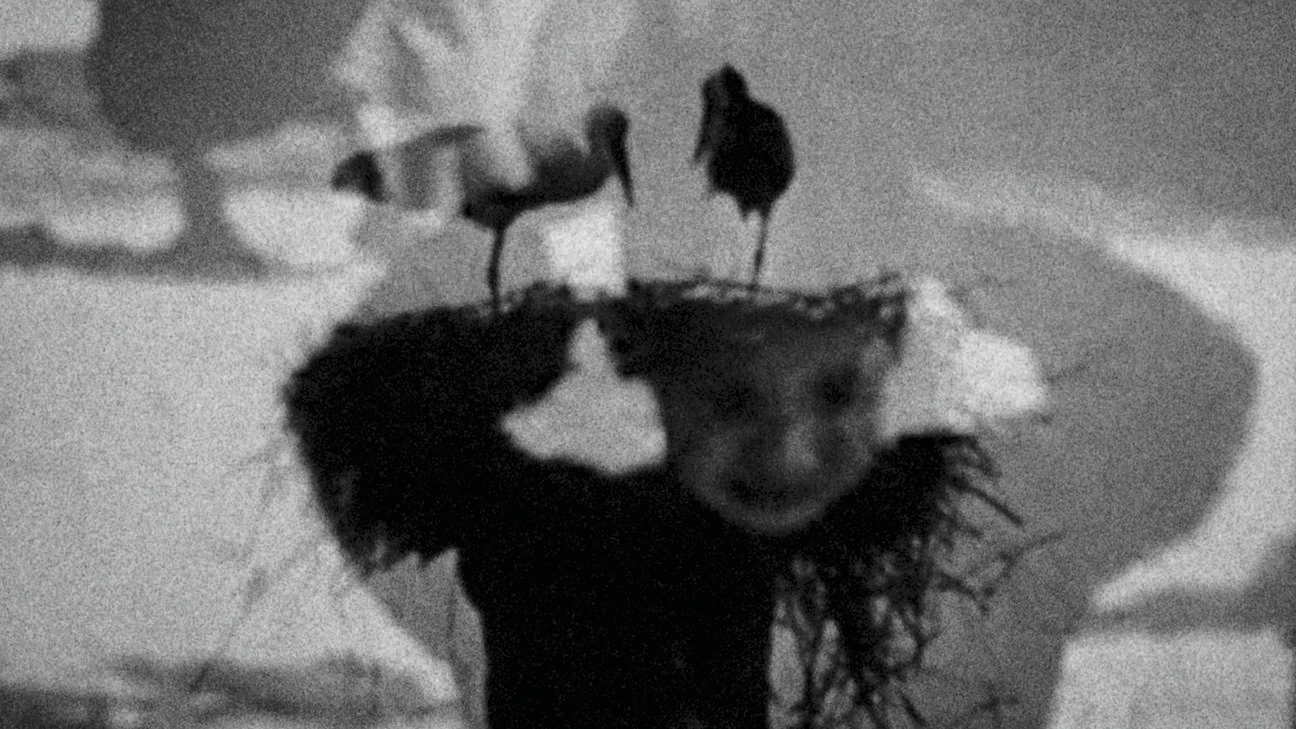
In contemporary cinema, filmmakers similarly turn to historical archives as a means of reimagining the present—creatively expanding the archive to include non-human natural bodies. But how can filmmakers excavate and activate marginalized political histories without replicating the very tools of extraction that once rendered them invisible? The English-Jamaican artist Hope Strickland’s short film river holds a perfect memory (2025) and the Belgian-based Congolese artist Sammy Baloji’s Special Jury Award-winning feature film L’arbre de l’authenticité (2025) both explore archives in politically and formally challenging ways.
Strickland meanders across history through the waterways of the Falmouth Estuary in Northern England and the Martha Brae River in Jamaica. Combining her own 16mm footage, excerpts of film archives from Manchester, and LIDAR-mapping technologies, the film questions which bodies—both human and non-human—can preserve a memory, especially those violently erased by the exploits of capital production. Strickland dialectically counterposes the Industrial Revolution in England against the the enduring impact of the transatlantic slave trade in Jamaica where the waterways are emissaries of history.
She recounts how the construction of watermills during the Industrial Revolution forced the river in Northern England into a single channel, drying out its multiple streams. However, when the archival footage of these 19th-century factories arrive on-screen, we hear the gurgling of water, of rivers oozing out under the foundations. A 20th century image of a ship loaded with produce leaving England is sutured together with the director’s own footage of a nighttime boat-tour in Jamaica—we know what violence ships portend. Yet, bursts of light emerge from the bioluminescence beneath the dark waters—the mermaids of history alighting once more to the surface. History seems to lie right beneath the image.

Baloji’s essay film similarly lingers across two distinct timelines in the Democratic Republic of Congo. Throughout its three chapters, we hear novelistic first-person voice-overs, composed of diary entries, speeches, and imagined conversations. First, the words of Paul Panda Farnana, the first Black Belgian colonial servant and agronomist in Yangambi; second, Abiron Beirnaert, the first director of the Oil Palm Division. (Both Beirnaert and Farnana worked in the area between 1910 and 1950, and died under mysterious circumstances.) Third, we are transported by the voice of a tree in present-day.
Baloji’s images possess a formal exactness that questions various modes of visuality. Despite his affinity for first-person voice-overs, his camera belies any easy sense of identification. In L’arbre de l’authenticité’s opening shot, a drone mimics the movement of a falling tree and establishes an uneasy sense that our point-of-view is that of the non-human. Baloji’s primarily still-frames cut between wide-shots of the Yangambi landscape, to the ruins of former colonial settlements, to drone footage. In the face of such visual beauty, Baloji, like Strickland, highlights the violence hidden right below the surface. Farnana’s colonial work of taxonomizing and re-naming nature within a Western epistemological framework, much like Baloji’s aerial shots of the rainforest, transforms nature into a spectacle of extraction. In the third chapter of his film, Baloji complicates this visual dynamic: the camera begins to ascend vertically against the length of the tree, inferring that the whole film has emerged from the tree’s perspective. In recent history, Western scientific frameworks have captured endless data from the Congo Basin, but Baloji’s subversive third act foregrounds the impossibility of archiving the past within frameworks built for endless destruction.
Although festivals like IFFR make these acts of excavation their primary concern, how can such films, both archival and contemporary, become ingrained in a world beyond the festival circuit? Oftentimes, the act of excavation can fall into the elegiac fetishisation of an ungraspable past. Yet here, as evinced in these contemporary works, the chapter after excavation marks the beginning of a restitution.
